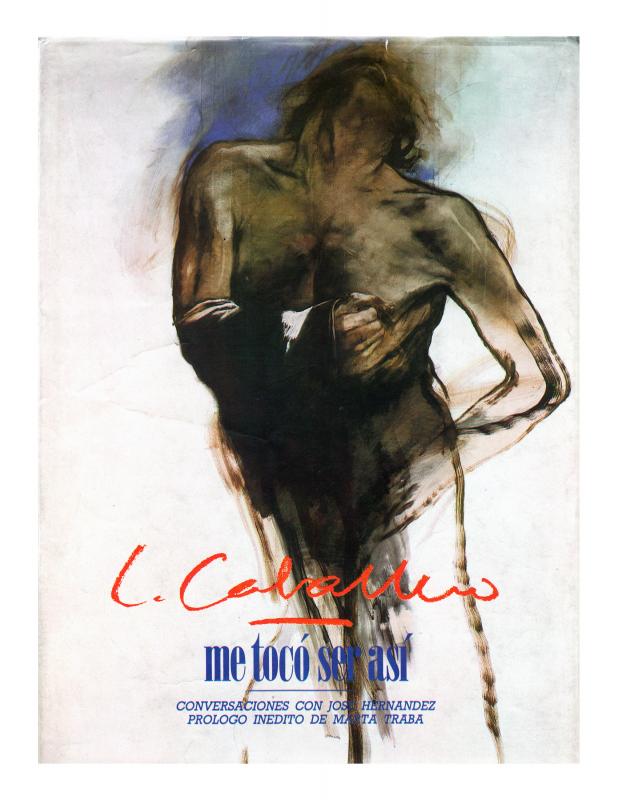This article was intended to introduce the European and North American public to a selection of works produced by Colombian artist Luis Caballero (1943–95)during thesecond half of the eighties. The text and the reproductions of works were published by the English house Aubrey Walter as part of its collection on art and “gay photography.” English critic and art historian Edward Lucie-Smith (born 1933) provides key historical and contemporary concepts by which to interpret Caballero’s work. On the basis of those concepts, Lucie-Smith points out that, while Caballero’s production is bound to a certain European, Latin American, and Colombian tradition, it is also innately contemporary (that is, located in the late 20th century). Particularly significant in this text is the author’s observation of the “paradoxes” that characterize the context in which Caballero created his art. For instance, Lucie-Smith discusses the male nude in religious works that have influenced Caballero’s works—most of them made from live models—and the refusal in some parts of Colombia—a conservative society that does not accept openly homosexual artists like Caballero—to allow models to be used in institutions of art education.
Complementary to this article is a later text by the same author: “Luis Caballero: pinturas de los años sesenta,” Luis Caballero. Sin Título 1966?1968, exhibition catalogue (Bogotá: Museo Nacional de Colombia, 1997), [see doc. no. 1088860]; also relevant is the interview with Caballero by José Hernández, “Me tocó ser así” [doc. no. 1088097].


